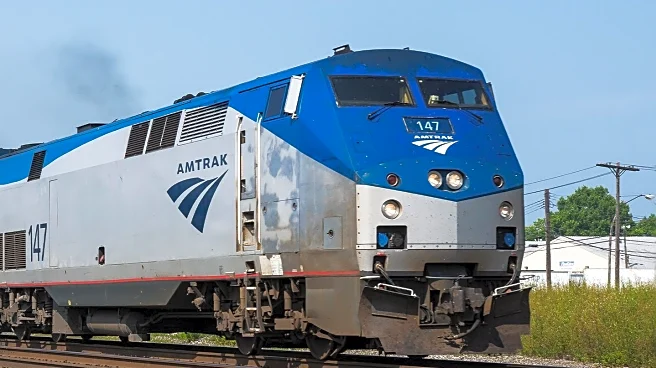What's Happening?
In 2019, Amtrak reported that over 30 million passengers traveled by train in the United States, underscoring the popularity of train travel as a cost-effective and environmentally friendly alternative
to flying. Train travel offers several advantages, including spacious seating, scenic views, and convenient city-center locations for train stations. Additionally, trains produce significantly lower CO2 emissions compared to airplanes, making them a more sustainable choice for travelers. The combination of affordability, comfort, and environmental benefits positions train travel as an attractive option for both short commutes and longer journeys.
Why It's Important?
The growing preference for train travel in the U.S. reflects a shift towards more sustainable transportation options. As concerns about climate change and environmental impact increase, the lower carbon footprint of trains compared to airplanes becomes a significant factor for eco-conscious travelers. Moreover, the affordability of train travel makes it accessible to a broader demographic, potentially increasing its popularity further. This trend could influence transportation policies and investments in rail infrastructure, promoting further development and modernization of train services across the country.












